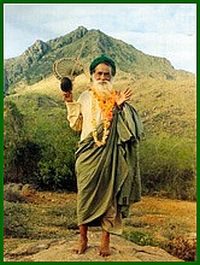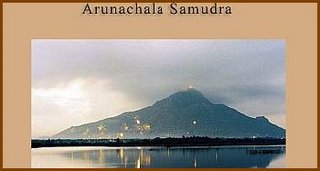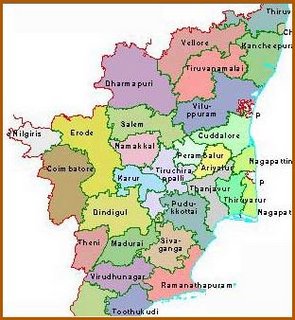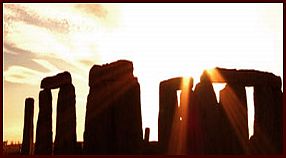Rangammal Hospital is very well organised with a 200 bed capacity but in case of emergencies can accept 250 patients. The Hospital runs at 99% occupancy. Many out-patients also attend Rangammal and during the day the place is a hive of activity. The staff numbers 265. This is a picture of their CAT scan.
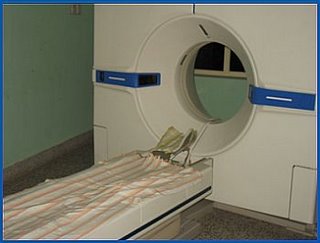
The Hospital has its own 'Chapel of All Faith' and is a welcome oasis for people to sit and receive inspiration from their own God. This photograph at the Hospital sums up their multi-faith attitude.
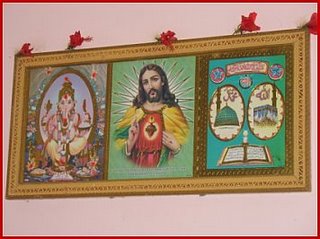
While I was visiting the technicicans were cleaning up in the Dialysis Room, where they have eight Dialysis machines. It was late in the afternoon and most of the patients' sessions were over. Treatment cost, depending on the financial status of the patient, falls into three different categories:
(1) Free
(2) Rs.500/- per session (US$11)
(3) Rs.750/- per session (US$17)
Forty-five people are signed up for the programme and each person comes in three times a week for a session on the Dialysis machines. (A session lasts about four hours).
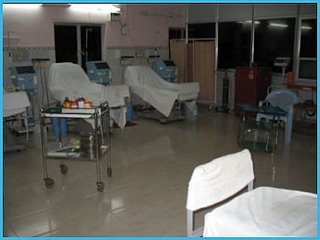
Even though there are CAT scans and Dialysis Machines, this is India and we love paperwork in this Country. So here is part of the Patients records, in the old-fashioned way!
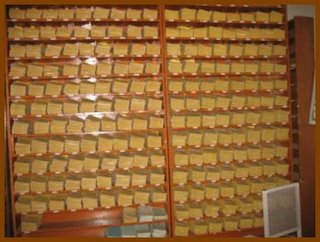
If you've ever visited India you will know only too well how rare Ambulances are over here. Well at Rangammal Hospital they have two and also a very nice Bus that they use as a shuttle service for their nursing staff.

A very nice Hospital, kept impeccably clean and staffed by enthusiastic and friendly folk. A Hospital also that has won many awards in this country for their outstanding service and record.


